The Camellia Club of Mobile
Club History
Meeting Schedule 2011-2012
Regional Events
Resources
Where to Buy the Best Camellias
Newsletters
Camellia Culture
Join Us
Links
Grafting Camellias
As a general rule, large stocks are more difficult to use for grafting. A stock that is about 1/2 to 1 inch in diameter is a desirable size. The scion should be taken off mature, current season's growth from healthy plants one to three inches long with one or more growth or vegetative buds. It will generally have three or more leaves.
The best season to graft is late winter to early spring just before new growth begins. Camellia sasanqua and Camellia oleifera is often used as under stock because they are resistant to the root rot disease. Cleft grafting is the most popular method of grafting and will be described below.
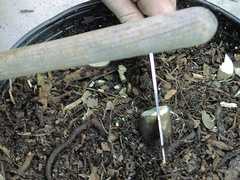 |
The under stock should be prepared by cutting off the top with sharp shears or a saw about five inches above the soil. Loppers which squeeze the plant when they cut should not be used as they can damage the cambium layer of the under stock. Make a sloping cut and trim smooth with a sharp knife. A vertical incision should be made with a sharp knife about two inches down the top side. To make incision, the knife may be gently tapped with a hammer. |
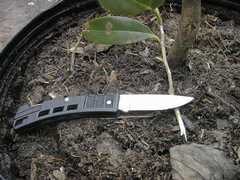 |
Prepare the scion by making a wedge-shaped cut at the base. |
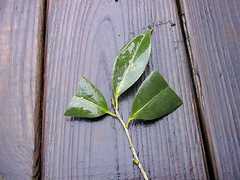 |
Cut two leaves in half and leave one whole. |
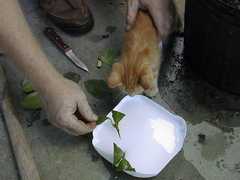 |
Scions can be soaked up to 30 minutes in a fungicide solution to discourage dieback. |
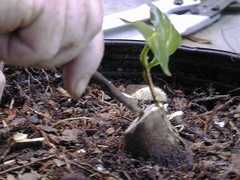 |
Hold the slit open in the under stock with a screwdriver or knife. Insert the prepared scion so that the cambium layers (green layer immediately inside the bark) on the scion and under stock will match. |
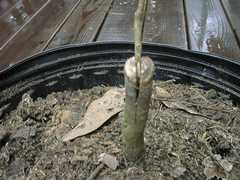 |
It is vital that the cambium layers are in contact in order to have a successful graft. |
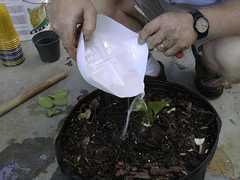 |
Pour a small amount of fungicide solution on the graft. |
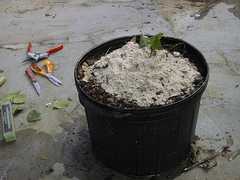 |
It is also desirable to cover the soil with an inch layer of sand. This will ensure a tight fit of the top covering. |
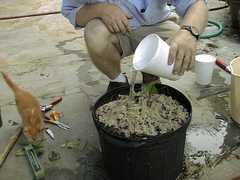 |
Water the sand. |
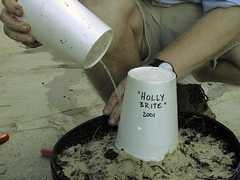 |
A covering such as a glass jar, milk jug, soft drink bottle, or large styrofoam cup should be used to cover the graft and keep the humidity high. If the covering is transparent, the young graft should be protected from the sun with a paper bag, etc. over the jar. Water around the covering to ensure a good seal. |
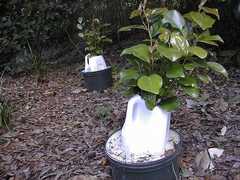 |
Callusing should start within a few weeks and in two months be firmly knit. The graft will grow out of the container. |
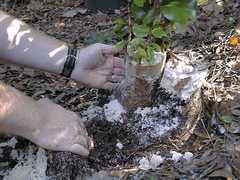 |
This is the most critical phase of aftercare. It is often necessary to provide shade for this young graft as the new growth may be quite tender. Burlap on a wire frame or a bushel hamper with the northern exposure cut out may be used. |
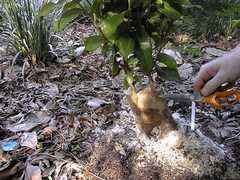 |
Grafts usually grow 15 - 30 inches the first season. Fertilize lightly with a liquid solution or not at all the first year. |
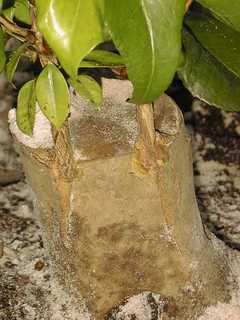 |
When firmly callused, the cover can be raised gradually. If wilting appears at any time, the jar should be put back on until it ceases. |
Page last modified 08/02/2012